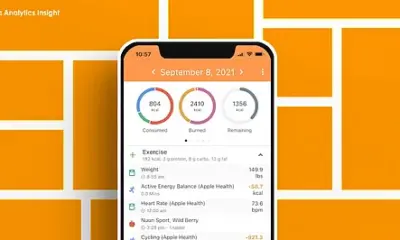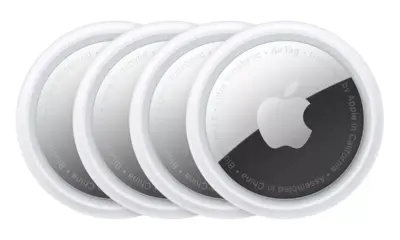Technology
Global Market for Air Quality Technologies to Hit $419 Billion by 2033

A new report by Guidehouse Research reveals that the global market for indoor air quality (IAQ) technologies in commercial buildings is projected to reach nearly $419 billion by 2033. The market’s value is anticipated to grow from $161.8 billion in 2024, with a compound annual growth rate (CAGR) of 11.1% over the next decade.
Health awareness has surged significantly since the onset of the COVID-19 pandemic, becoming a primary driver for the demand for advanced air quality solutions. As the public becomes increasingly aware of the health impacts linked to poor indoor air quality, technologies aimed at improving IAQ are gaining prominence among building owners and occupants.
Rising Importance of Indoor Air Quality Technologies
According to Bitania Yemane, a research analyst at Guidehouse Research, “Solutions like humidifiers, dehumidifiers, heat recovery ventilators, energy recovery ventilators, air purifiers, and sensors are now essential across all types of commercial buildings, from hospitals and educational institutions to offices, warehouses, and retail spaces.”
The increasing recognition of the link between indoor air quality and respiratory health has prompted a heightened focus on these technologies. Building standards such as WELL and Europe’s Energy Performance of Buildings Directive (EPBD) are also pushing businesses to pursue certifications that enhance customer satisfaction and ensure occupant safety.
Technological advancements in IAQ monitoring and ventilation systems are enhancing energy efficiency, making these solutions more attractive. Regions such as North America, Europe, and Asia Pacific are expected to lead in the adoption of these technologies.
Challenges and Market Outlook
Despite the optimistic growth projections, the report identifies several barriers to market expansion. High upfront costs for installation and a lack of uniform regulatory mandates across different regions present significant challenges. Additionally, multinational manufacturers face complexities due to global inconsistencies in regulations.
The report titled “Indoor Air Quality in Commercial Buildings” provides an in-depth analysis of the market for air quality technologies and devices within the commercial sector, covering both newly constructed and retrofitted buildings. An executive summary of the report is available for free download on the Guidehouse Research website.
About Guidehouse Research: The organization specializes in market intelligence for rapidly evolving industries, offering insights built on comprehensive analysis of global clean technology markets. Their research methodology combines supply-side industry analysis with end-user primary research and demand assessments.
For further information, interested parties may contact Cecile Fradkin at +1.646.941.9139 or via email at [email protected].
The findings discussed reflect the current expectations of Guidehouse Research based on thorough market data. Actual results may vary significantly from the projections detailed in the report.
-

 Technology4 months ago
Technology4 months agoDiscover the Top 10 Calorie Counting Apps of 2025
-

 Health2 months ago
Health2 months agoBella Hadid Shares Health Update After Treatment for Lyme Disease
-

 Health3 months ago
Health3 months agoErin Bates Shares Recovery Update Following Sepsis Complications
-

 Technology3 weeks ago
Technology3 weeks agoDiscover 2025’s Top GPUs for Exceptional 4K Gaming Performance
-

 Technology2 months ago
Technology2 months agoElectric Moto Influencer Surronster Arrested in Tijuana
-

 Technology4 months ago
Technology4 months agoDiscover How to Reverse Image Search Using ChatGPT Effortlessly
-

 Technology4 months ago
Technology4 months agoMeta Initiates $60B AI Data Center Expansion, Starting in Ohio
-

 Technology4 months ago
Technology4 months agoRecovering a Suspended TikTok Account: A Step-by-Step Guide
-

 Health4 months ago
Health4 months agoTested: Rab Firewall Mountain Jacket Survives Harsh Conditions
-

 Lifestyle4 months ago
Lifestyle4 months agoBelton Family Reunites After Daughter Survives Hill Country Floods
-

 Technology3 months ago
Technology3 months agoUncovering the Top Five Most Challenging Motorcycles to Ride
-

 Technology4 weeks ago
Technology4 weeks agoDiscover the Best Wireless Earbuds for Every Lifestyle





















